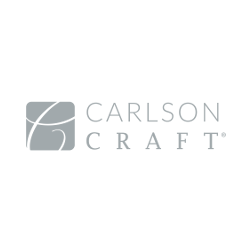Do you know if you’re at risk for skin cancer?
More people are diagnosed with skin cancer each year, in the U.S., than all other cancers combined. Simply put, if someone has skin, they can get skin cancer.
However, some people are at higher risk for the disease than others. Understanding the factors contributing to chances of developing skin cancer can help prevent the disease.
“There is a clear connection between ultraviolet (UV) rays from the sun and a higher risk of skin cancer,” said Deborah S. Sarnoff, MD, president of The Skin Cancer Foundation. “Everyone should be taking steps to protect themselves, but those with additional risk factors need to be particularly vigilant with their sun protection routine.”
The first major factor affecting the risk for skin cancer, is the skin type. According to the scientific classification known as Fitzpatrick skin typing, there are six types of skin ranging from very fair (Type 1) to very dark (Type 6). The system classifies skin based on the amount of melanin (skin pigment) a person has and their skin’s reaction to sun exposure.
People with skin Types 1 and 2 face the highest risk of developing skin cancer, while those with skin Types 5 and 6 are at the lowest risk. Other physical attributes associated with a lack of melanin can contribute to the risk of skin cancer, as well – those with red hair, light eyes and freckles, also face higher chances of developing the disease.
Unprotected exposure to UV rays, whether outside or in a tanning bed, is a key risk factor for skin cancer, as well. Sunburns are especially harmful (just five sunburns can double the risk of developing melanoma), but even if a person tans, rather than burns, the person is sustaining sun damage that can lead to DNA mutations.
Indoor tanning specifically causes the risk to skyrocket, as one study found that those who first use a tanning bed before age 35, increase their risk for melanoma by 75 percent.
If someone has close relatives who have been diagnosed with skin cancer, this is a sign an individual is also at higher risk. This is especially true when it comes to melanoma: one in every 10 patients has a family member who has also had the disease.
Having many moles is another risk factor for melanoma, especially if they are large (bigger than a pencil eraser) or atypical. Having lots of moles and a family history of skin cancer makes a person’s risk even higher. This combination is often referred to as Familial Atypical Multiple Mole Melanoma (FAMMM) syndrome.
No matter the risk factors, The Skin Cancer Foundation recommends a complete sun protection routine, including covering up with clothing, hats and UV-blocking sunglasses, seeking shade and avoiding peak sunlight hours. Apply a broad-spectrum (UVA/UVB) sunscreen with an SPF of 15 or higher, every day, and for extended outdoor activity, use a water-resistant, broad-spectrum sunscreen with an SPF of 30 or higher.
Be sure to reapply sunscreen throughout the day, at least every two hours or more often if swimming, or excessively sweating. Those with many risk factors may want to use sunscreen products with a higher SPF and be extra vigilant about avoiding incidental sun exposure.
The foundation also recommends seeing a physician at least once yearly, for a professional skin exam. A person should also examine their own skin head to toe every month.

